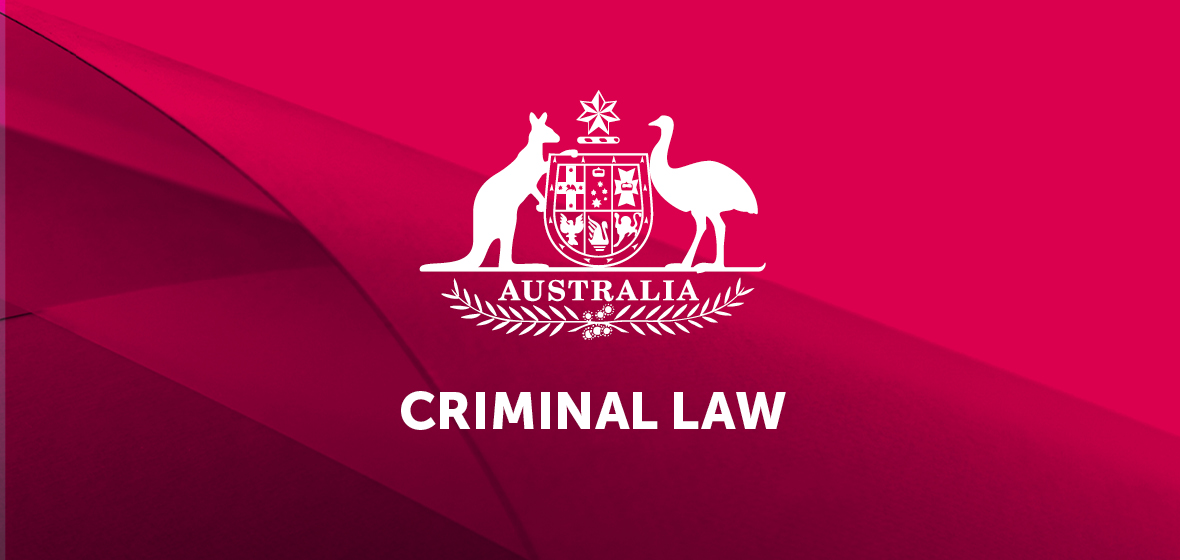Key decisions
- Ewen v R [2015] NSWCCA 117
- Kentwell v R (No 2) [2015] NSWCCA 96
- AF v R [2015] NSWCCA 35
Ewen v R [2015] NSWCCA 117
Is the Murray direction dead, or have reports of its demise been exaggerated? The Court of Criminal Appeal (CCA) has considered what warnings may (not) be given in matters where there is only one prosecution witness.
The so-called ‘Murray direction’ comes from the case of R v Murray (1987) 11 NSWLR 12. It is relevant to cases where there is only one witness in the prosecution case, and it is a warning that it is necessary to scrutinise the uncorroborated evidence of that one witness with great care before finding the accused guilty.
Ewen, like many (but not all) matters where the Murray direction comes up, involved alleged sexual assault. The accused and the complainant had been at a party. There were drugs and alcohol. The Crown case was that the accused had forced the complainant to perform fellatio on him, she lost consciousness, and when she recovered he was having sex with her. She immediately and vociferously complained to people at the party and DNA testing of the complainant’s vagina confirmed there had been sex. The accused’s version was that it was all consensual, and indeed had been initiated by the complainant.
Even in the face of united submissions to the contrary, the CCA (Simpson J, Basten JA agreeing with additional reasons, Davies J agreeing with both) found that the position had changed since Murray. There was no High Court decision since 2007 which held that it was the mere absence of corroborating witnesses which called for the Murray warning – the cases always had other reasons requiring it. And importantly, in 2007 Parliament enacted Criminal Procedure Act 1986 (NSW), s 294AA which prohibits, in ‘prescribed sexual offences’, a warning that it is dangerous to convict on the uncorroborated evidence of any given complainant. The CCA found that the Murray direction is essentially such a warning, but with a different linguistic formula, so that section effectively prohibits a Murray direction in prescribed sexual offences. There are however other kinds of warnings which will remain appropriate to be given (see [143]-[144] for examples, Longman being one well-known variety).
This was a judge-alone verdict but it is worth noting that this judgment is just as relevant to jury trials, as well as to the Local Court. It seems unlikely that this decision affects the giving of a Murray warning where the offence is not a prescribed sexual offence; there are a number of authorities endorsing its use in other offences (eg Timbery v R (2007) 180 A Crim R 232 at [101]–[102]). Even so, it seems that care will need to be taken before inviting a judicial officer to warn themselves or the jury about the dangers of convicting of the evidence of only one witness.




